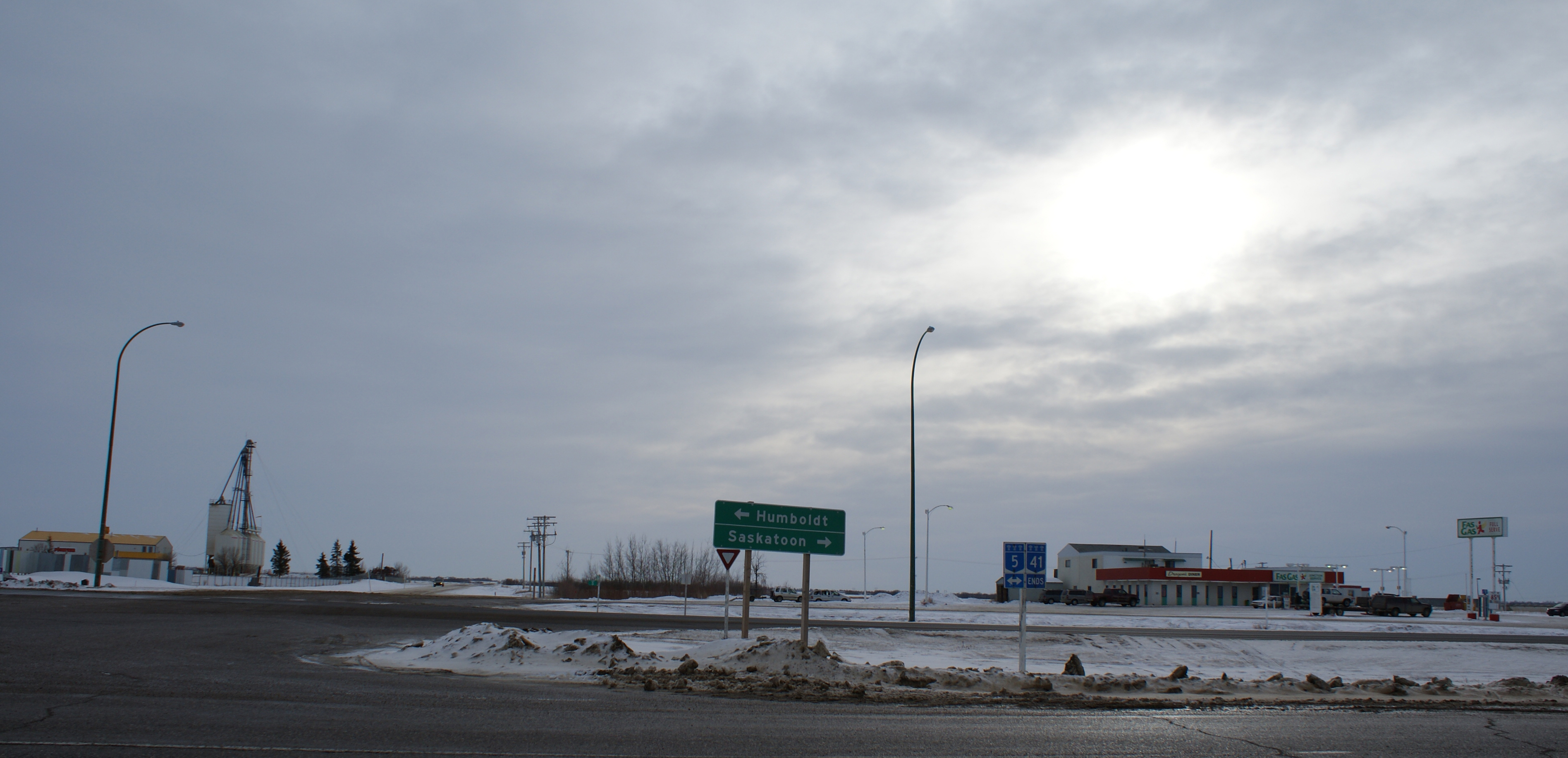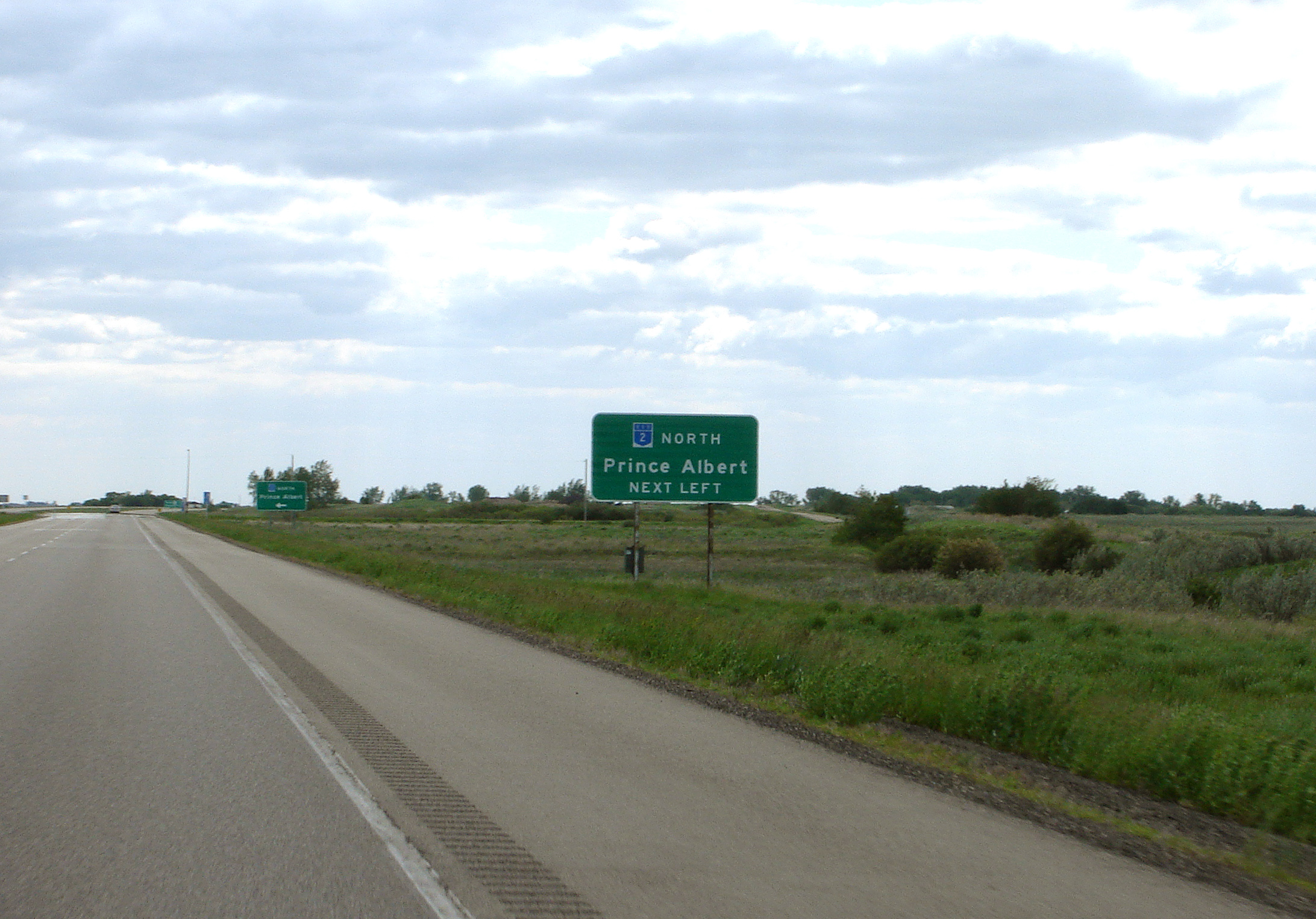|
Saskatchewan Highway 27
{{Saskatchewan-road-stub ...
Highway 27 is a provincial highway in the Canadian province of Saskatchewan. Being long, it runs from Highway 41 at Aberdeen to Highway 2 east of Prud'homme. History The present-day Highway 27 is part of the original Provincial Highway 5 alignment, a trans-provincial highway that travelled from Manitoba to Alberta and crossed the South Saskatchewan River via ferry, while ''Provincial Highway 27'' connected Aberdeen with Saskatoon. In the late 1940s, the highway 5 and 27 designations were switched so that ''Provincial Highway 5'' passed through Saskatoon. Major intersections From west to east: References 027 O scale (or O gauge) is a scale commonly used for toy trains and rail transport modelling. Introduced by German toy manufacturer Märklin around 1900, by the 1930s three-rail alternating current O gauge was the most common model railroad scal ... [...More Info...] [...Related Items...] OR: [Wikipedia] [Google] [Baidu] |
Aberdeen, Saskatchewan
A community of 622 people, Aberdeen is located 18 minutes north-east of Saskatoon, just off Highway 41. History Aberdeen was first settled by immigrants of Russian, English, Scottish and Ukrainian descent in the 1890s to 1900s. In particular, these initial settlers included people born in Eastern or Atlantic Canada, largely of English or Scottish ancestry, along with Ukrainian immigrants (1898–1899) and Mennonites from Manitoba (1901). Originally named Dueck, it was organized as the hamlet of Aberdeen in 1904. It was named in honour of Ishbel Maria Marjoribanks Gordon, Lady Aberdeen, who was the founder of the National Council of Women of Canada. In 1904, the Canadian Northern Railway reached the town. By 1908, the railway had become critical for the sale of wheat, with 120 rail cars of hard wheat shipped out that year. The business on Main Street peaked in the early 1930s, until it was largely destroyed by fire in 1937. Demographics In the 2021 Census of Population condu ... [...More Info...] [...Related Items...] OR: [Wikipedia] [Google] [Baidu] |
Prud'homme, Saskatchewan
Prud'homme (; 2016 population: ) is a village in the Canadian province of Saskatchewan within the Rural Municipality of Bayne No. 371 and Census Division No. 15. It is approximately northeast of Saskatoon. Prud'homme was first known by the name of Bluebell Ranch, then Lally Siding. In 1905 the Canadian Northern Railway came through and renamed it Marcotte's Crossing; two years later it became known as Howell; and finally, in 1922, it was named after the Suffragan Bishop of Prince-Albert–Saskatoon, Joseph H. Prud'homme. The community is mostly based on agriculture. History Prud'homme incorporated as a village on November 15, 1922. Demographics In the 2021 Census of Population conducted by Statistics Canada, Prud'homme had a population of living in of its total private dwellings, a change of from its 2016 population of . With a land area of , it had a population density of in 2021. In the 2016 Census of Population, the Village of Prud'homme recorded a populatio ... [...More Info...] [...Related Items...] OR: [Wikipedia] [Google] [Baidu] |
Aberdeen No
Aberdeen (; sco, Aiberdeen ; gd, Obar Dheathain ; la, Aberdonia) is a city in North East Scotland, and is the third most populous city in the country. Aberdeen is one of Scotland's 32 local government council areas (as Aberdeen City), and has a population estimate of for the city of Aberdeen, and for the local council area making it the United Kingdom's 39th most populous built-up area. The city is northeast of Edinburgh and north of London, and is the northernmost major city in the United Kingdom. Aberdeen has a long, sandy coastline and features an oceanic climate, with cool summers and mild, rainy winters. During the mid-18th to mid-20th centuries, Aberdeen's buildings incorporated locally quarried grey granite, which may sparkle like silver because of its high mica content. Since the discovery of North Sea oil in 1969, Aberdeen has been known as the offshore oil capital of Europe. Based upon the discovery of prehistoric villages around the mouths of the rivers ... [...More Info...] [...Related Items...] OR: [Wikipedia] [Google] [Baidu] |
Grant No
Grant or Grants may refer to: Places * Grant County (other) Australia * Grant, Queensland, a locality in the Barcaldine Region, Queensland, Australia United Kingdom *Castle Grant United States * Grant, Alabama *Grant, Inyo County, California *Grant, Colorado *Grant-Valkaria, Florida * Grant, Iowa *Grant, Michigan *Grant, Minnesota *Grant, Nebraska *Grant, Ohio, an unincorporated community *Grant, Washington *Grant, Wisconsin (other) (six towns) *Grant City, Indiana *Grant City, Missouri *Grant City, Staten Island *Grant Lake (other), several lakes *Grant Park, Illinois *Grant Park (Chicago) *Grant Town, West Virginia *Grant Township (other) (100 townships in 12 states) *Grant Village in Yellowstone National Park *Grants, New Mexico * Grants Pass, Oregon * U.S. Grant Bridge over Ohio River and Scioto River *General Grant National Memorial aka Grant's Tomb India * Jolly Grant Airport Dehradun, Uttarakhand Canada *Rural Municipality of G ... [...More Info...] [...Related Items...] OR: [Wikipedia] [Google] [Baidu] |
Bayne No
{{disambig, geo ...
Bayne may refer to: * Bayne (surname), a list of people * Bayne Norrie (born 1944), Canadian football player * Bayne, Lincoln County, Kansas, a former settlement * Bayne, Russell County, Kansas, a former settlement * Bayne, Washington, an unincorporated community See also * Rural Municipality of Bayne No. 371, Saskatchewan, a rural municipality in Canada * Bayne House (other) * Bain (other) Bain may refer to: People * Bain (surname), origin and list of people with the surname * Bain of Tulloch, Scottish family * Bain Stewart, Australian film producer, husband of Leah Purcell#Personal life, Leah Purcell * Saint Bain (died c. 711 AD ... [...More Info...] [...Related Items...] OR: [Wikipedia] [Google] [Baidu] |
Provinces And Territories Of Canada
Within the geographical areas of Canada, the ten provinces and three territories are sub-national administrative divisions under the jurisdiction of the Canadian Constitution. In the 1867 Canadian Confederation, three provinces of British North America—New Brunswick, Nova Scotia, and the Province of Canada (which upon Confederation was divided into Ontario and Quebec)—united to form a federation, becoming a fully independent country over the next century. Over its history, Canada's international borders have changed several times as it has added territories and provinces, making it the world's second-largest country by area. The major difference between a Canadian province and a territory is that provinces receive their power and authority from the ''Constitution Act, 1867'' (formerly called the '' British North America Act, 1867''), whereas territorial governments are creatures of statute with powers delegated to them by the Parliament of Canada. The powers flowing from ... [...More Info...] [...Related Items...] OR: [Wikipedia] [Google] [Baidu] |
Saskatchewan
Saskatchewan ( ; ) is a province in western Canada, bordered on the west by Alberta, on the north by the Northwest Territories, on the east by Manitoba, to the northeast by Nunavut, and on the south by the U.S. states of Montana and North Dakota. Saskatchewan and Alberta are the only landlocked provinces of Canada. In 2022, Saskatchewan's population was estimated at 1,205,119. Nearly 10% of Saskatchewan’s total area of is fresh water, mostly rivers, reservoirs and lakes. Residents primarily live in the southern prairie half of the province, while the northern half is mostly forested and sparsely populated. Roughly half live in the province's largest city Saskatoon or the provincial capital Regina. Other notable cities include Prince Albert, Moose Jaw, Yorkton, Swift Current, North Battleford, Melfort, and the border city Lloydminster. English is the primary language of the province, with 82.4% of Saskatchewanians speaking English as their first language. Saskatchewan h ... [...More Info...] [...Related Items...] OR: [Wikipedia] [Google] [Baidu] |
Saskatchewan Highway 41
Highway 41 is a highway in the Canadian province of Saskatchewan. It runs from Highway 5 in Saskatoon to Highway 3/Highway 6 in Melfort. Highway 41 is about long. Highway 41 also intersects Highway 2. Also along the route, it passes near the communities of Aberdeen and Wakaw. Route description Communities The town of Aberdeen, population 550 is located about north east of Saskatoon. Aberdeen incorporated as a village in 1907. The small hamlet of Edenburg is northeast of Aberdeen. The village of Alvena has a population of about 55 residents. According to the 2006 census the One Arrow 95-1C Indian Reserve had a population of zero living on their land allotment. Wakaw is a town which began with the establishment of the Presbyterian Geneva Mission in 1903. In 1992, a memorial was erected in recognition of the Anna Turnbull Memorial Hospital and the Geneva Mission. Melfort, the ''City of Northern Lights'' is located in the Carrot River valley. The city was first name ... [...More Info...] [...Related Items...] OR: [Wikipedia] [Google] [Baidu] |
Saskatchewan Highway 2
Highway 2 is a provincial highway in the Canadian province of Saskatchewan. It is the longest highway in Saskatchewan at 809 km (503 mi). The highway is partially divided and undivided. However, only about near Moose Jaw, near Chamberlain, and near Prince Albert are divided highway. Highway 2 is a major north-south route beginning at the Canada–US border at the Port of West Poplar River and Opheim, Montana customs checkpoints. Montana Highway 24 continues south. It passes through the major cities of Moose Jaw in the south and Prince Albert in the north. Highway 2 overlaps Highway 11 between the towns of Chamberlain and Findlater. This section of road is a wrong-way concurrency. The highway ends at La Ronge, where it becomes Highway 102. The highway started as a graded road in the 1920s which followed the grid lines of the early survey system and was maintained by early homesteaders of each rural municipality. Paving projects of the 1950s created all we ... [...More Info...] [...Related Items...] OR: [Wikipedia] [Google] [Baidu] |
Saskatchewan Highway 5
Highway 5 is a major highway in the Canadian province of Saskatchewan. It begins in downtown Saskatoon and runs eastward to the Manitoba border near Togo, where it becomes Provincial Road 363. The highway is approximately long. Between the early 1900s (decade) and 1976, Provincial Highway 5 was a trans-provincial highway travelling approximately in length. At this time it started at the Alberta border in Lloydminster and traveled east to the Manitoba border. In the summer of 1970, the section of highway between Lloydminster and Saskatoon was designated to be a portion of the Yellowhead Highway. This section of highway maintained the Highway 5 designation until 1976, when it was redesignated as Highway 16 to maintain the same number through the four western provinces (Manitoba followed suit the following year, redesignating its section of the Yellowhead Highway from PTH 4 to PTH 16). This redesignation shortened the length of Highway 5 to its current length of . Along th ... [...More Info...] [...Related Items...] OR: [Wikipedia] [Google] [Baidu] |
Manitoba
, image_map = Manitoba in Canada 2.svg , map_alt = Map showing Manitoba's location in the centre of Southern Canada , Label_map = yes , coordinates = , capital = Winnipeg , largest_city = Winnipeg , largest_metro = Winnipeg Region , official_lang = English , government_type = Parliamentary constitutional monarchy , Viceroy = Anita Neville , ViceroyType = Lieutenant Governor , Premier = Heather Stefanson , Legislature = Legislative Assembly of Manitoba , area_rank = 8th , area_total_km2 = 649950 , area_land_km2 = 548360 , area_water_km2 = 101593 , PercentWater = 15.6 , population_demonym = Manitoban , population_rank = 5th , population_total = 1342153 , population_as_of = 2021 , population_est = 142022 ... [...More Info...] [...Related Items...] OR: [Wikipedia] [Google] [Baidu] |
Alberta
Alberta ( ) is one of the thirteen provinces and territories of Canada. It is part of Western Canada and is one of the three prairie provinces. Alberta is bordered by British Columbia to the west, Saskatchewan to the east, the Northwest Territories (NWT) to the north, and the U.S. state of Montana to the south. It is one of the only two landlocked provinces in Canada (Saskatchewan being the other). The eastern part of the province is occupied by the Great Plains, while the western part borders the Rocky Mountains. The province has a predominantly continental climate but experiences quick temperature changes due to air aridity. Seasonal temperature swings are less pronounced in western Alberta due to occasional Chinook winds. Alberta is the fourth largest province by area at , and the fourth most populous, being home to 4,262,635 people. Alberta's capital is Edmonton, while Calgary is its largest city. The two are Alberta's largest census metropolitan areas. More tha ... [...More Info...] [...Related Items...] OR: [Wikipedia] [Google] [Baidu] |








